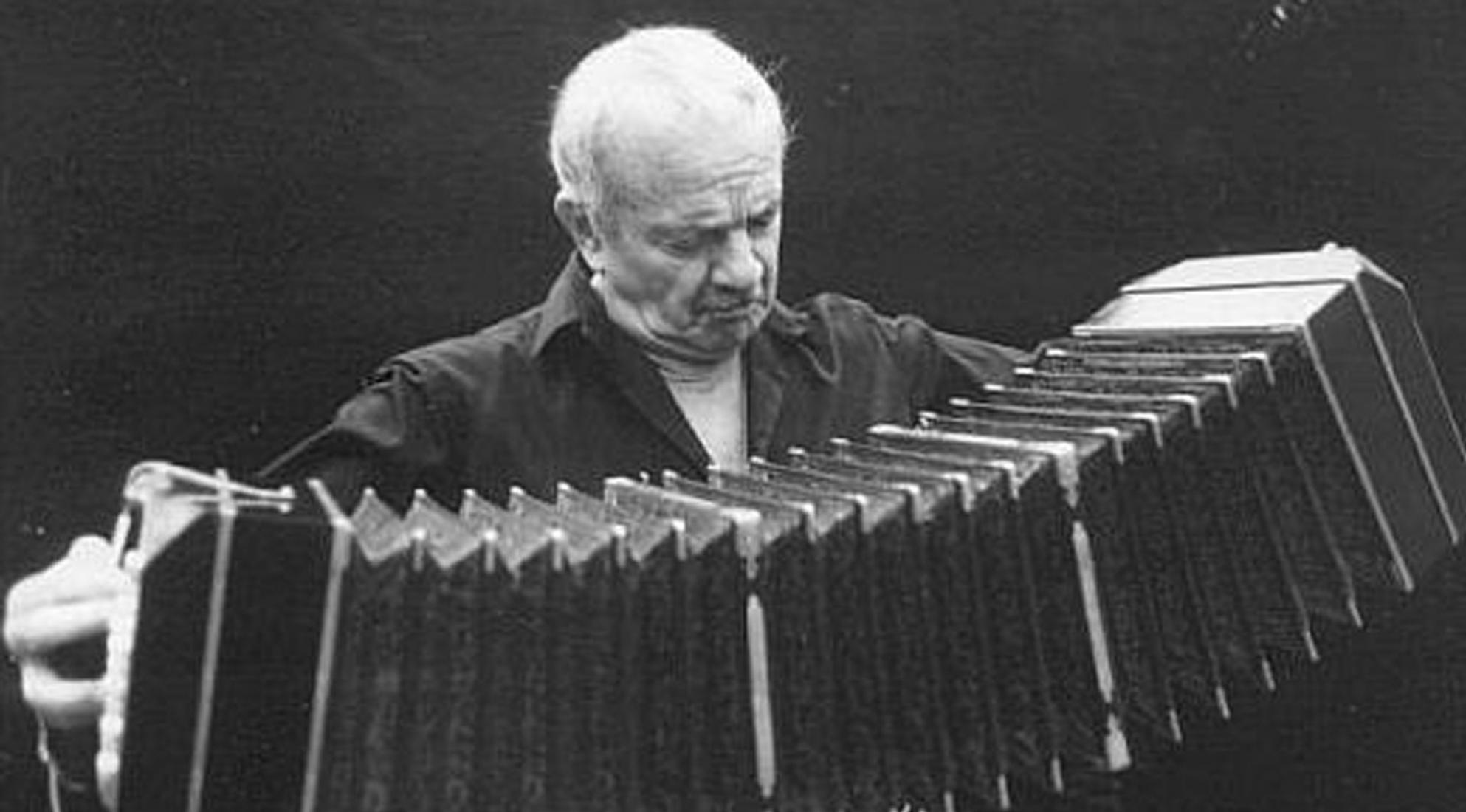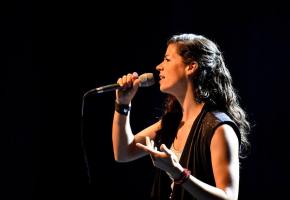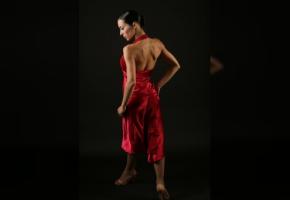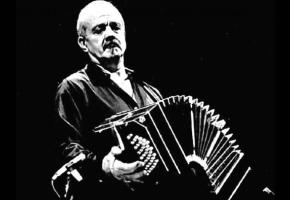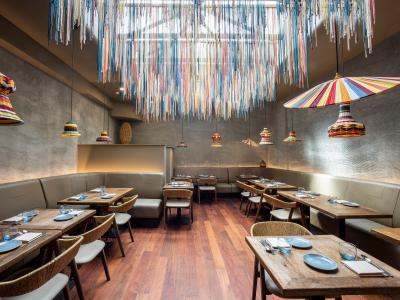Born in coastal Argentine resort of Mar del Plata on 11th March 1921, Astor PIazzolla’s parents, Vicente Nonino and Asunta Manetti, moved the family to New York City, when Astor was 4. His parents worked long hours and Piazzolla soon learned to take care of himself on the volatile Manhatten streets despite having a limp. At home he would listen to his father’s collection of tango orchestras, including those of Carlos Gardel and Julio de Caro, and on streets of Greenwhich Village, where they lived, he was exposed to a wealth of jazz and classical music.
Fascinated by Bach, the young Piazzolla received his first bandoneon at the age of eight from a New York pawn shop which he quickly learned to play alongside the piano. Little did he know that this was to mark the beginning of a music career that would make Piazzolla one of South America’s most celebrated musical figures, and land him the title of ‘El Gran Astor.’
Following his family’s return to Argentina in 1936, Piazzolla discovered the music of Elvino Vardaro and began to play in a variety of tango orchestras before moving to Buenos Aires in 1938 where he quickly began climbing the ladder to success. Joining the Orquesta Típica of bandoneonist, Aníbal Troilo, as an arranger and occasional pianist, at the tender age of 17 Piazzolla had become part of what would later be regarded as one of the most acclaimed tango orchestras of the 20th Century.
As Piazzolla began to make a living through his music, in 1941 he began taking music lessons with eminent figures of classical music including Alberto Ginaster and Raúl Spivak. Rising each morning to the sounds of rehearsals in the Teatro Colón, Piazzolla began to focus his efforts on musical composition, orchestration, and experimenting with the sound and structure of the tango.
In 1946, Piazzolla formed his own orchestra, and in the same year composed what is considered to be his first formal tango, El Desbande. After composing various musical scores for films including the soundtrack to Bólidos de Acero, in 1950 Piazzolla disbanded his orchestra along with his bandoneon practise. Dedicating himself to the study of writing and orchestra direction, Piazzolla began to stray from the traditional music content of the tango and immerse himself in jazz, along with the work of Bartok and Stravinsky. As a result, he began to develop his unique and much-celebrated style through a series of new compositions: Para lucirse, Tanguango, Prepárense, Contrabajeando, Triunfal and Lo que vendrá.
Three years later, Piazzolla’s symphonic composition, ‘Buenos Aires Symphony in Three Movements’ won him the Fabian Sevitzky Award and a grant from the French government to study in Paris alongside legendary French composition teacher, Nadia Boulanger. Despite growing increasingly interested in classical composition and somewhat tired of the tango, after listening to his tango Triunfal, Boulanger encouraged him to persist with his experimentations in spite of much criticism from tango traditionalists.
In 1955, Piazzolla briefly returned to Argentina before moving back to the United States where his attempts to fuse jazz and tango proved ill-fated. Following the death of his father in 1960, and the subsequent creation of the infamous Adiós Nonino (written in less than an hour) Piazzolla returned to Argentina. Here he formed his Orquesta de Cuerdas (String Orchestra) which featured a violin, electric guitar, piano, double bass, and bandoneon. The innovative harmonies and rhythms brought to life through this quintet, not only proved the turning point in Piazzolla’s career, but revolutionised the history of the tango.
He also introduced instruments that were unfamiliar in the traditional world of tango such as the flute, saxophone and electric guitar. As well as composing and arranging 750 pieces for the quintet, Piazzolla was the director and bandoneon player in all of them. Breaking the mould of the traditional tango, Piazzolla’s nuevo tango incorporated elements of jazz, klezmer, and European classical music. The result was a sound that embodied an essence of chamber music, but without the presence of a singer. Peppered with jazz-like improvisations, it transformed Piazzolla into a man of musical and political controversy, before gaining both acceptance and international acclaim.
Throughout the years that followed, Piazzolla continued to set up numerous ensembles and extend his compositions to orchestral pieces. He also returned to writing chamber music, symphonic works and concertos for big bands, the bandoneon and numerous string instruments including the solo classical guitar. Collaborating with various Argentine singers and writers including Jorge Luis Borges, his later works also included song-form compositions, such as Balada para un loco (1969) which he would routinely rework and recorded several times with different instrumental arrangements. His work also featured in numerous film scores during the 1970s and 1980s, along with television programmes and commercials.
At the time of his death on 4th July 1992, Piazzolla’s music had a worldwide following and had seen him perform on stages around the world. In total, it is estimated that Piazzolla wrote around 3,000 pieces and recorded around 500. Today he is remembered as a revolutionary; a man whose pioneering compositions (exemplified in pieces such as his electric Libertango of 1977) have made him a key figure in Argentine history and culture.
To mark the centenary of the birth of Astor Piazzolla, the doors of the Teatro Colón in Buenos Aires will be re-opening for the first time following a year of closure due to the global pandemic. In a gala event bringing together musicians and groups of all times, from 5th - 20th March 2021, the stage of one of the most important opera houses in the world will be brought back to life with the sound of Astor Piazzolla as the world pays tribute to his legacy, his creations, and some of the greatest interpreters of his works.


